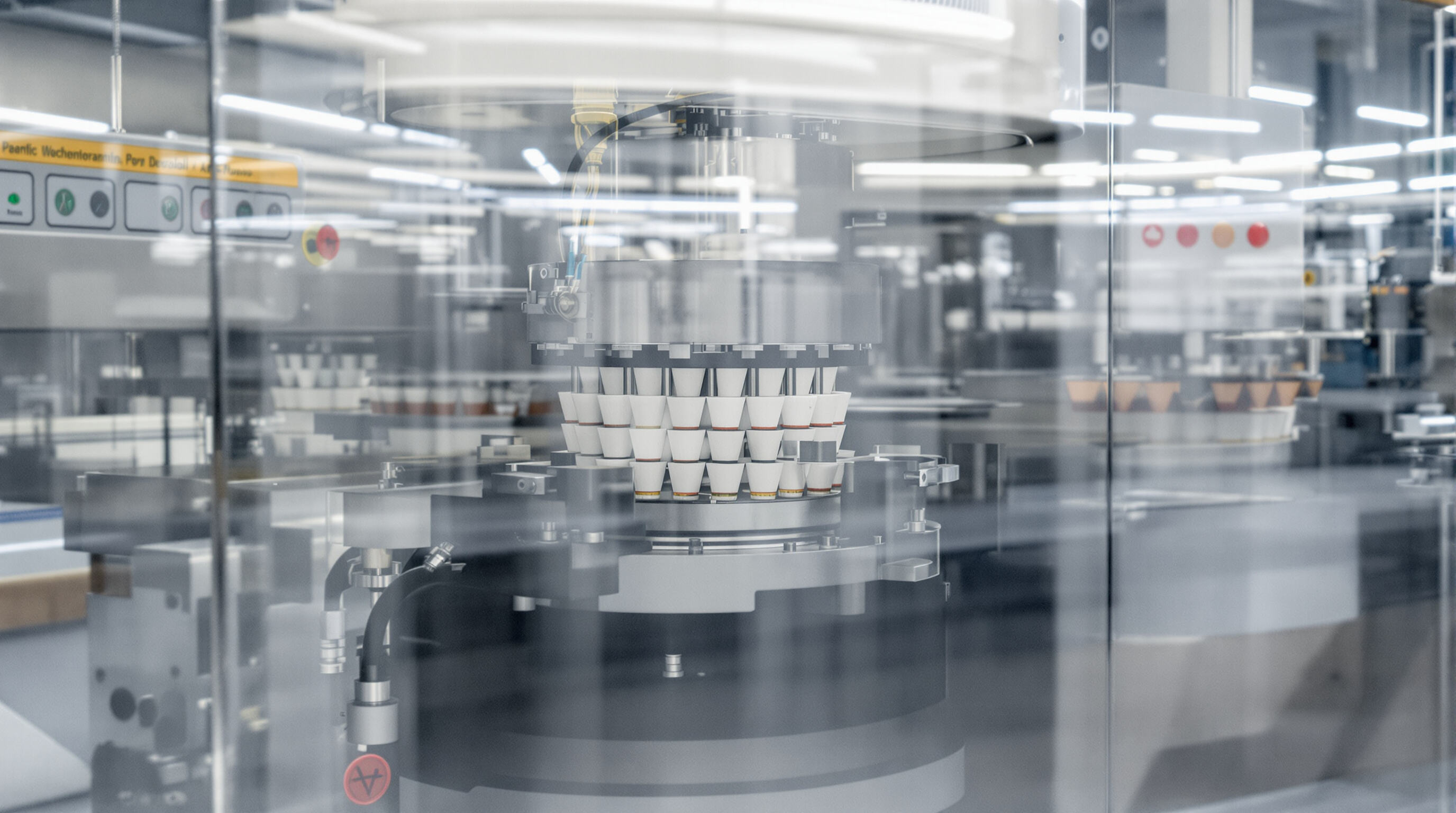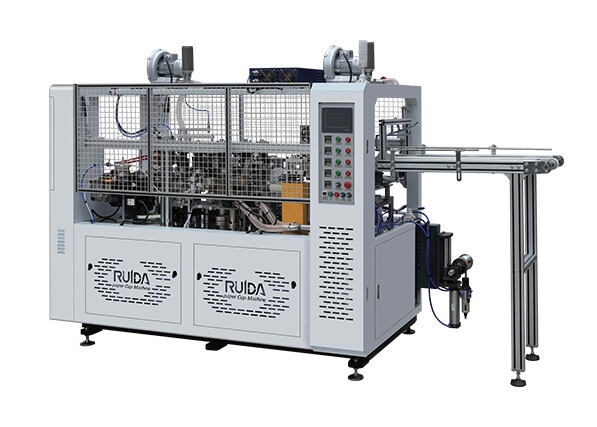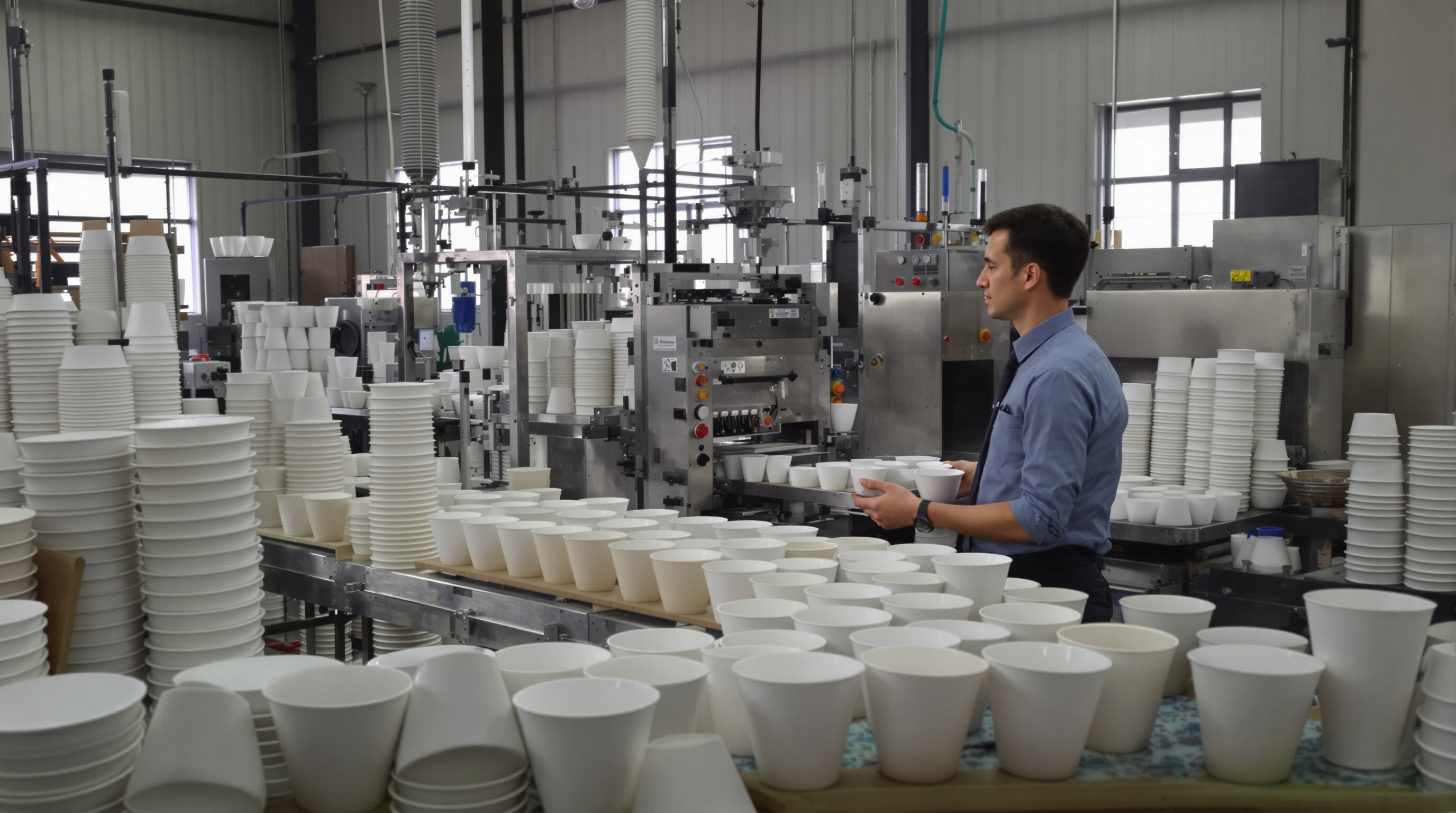Understanding the Paper Bowl Machine and Its Role in Modern Packaging

The Evolution of Paper Cup and Bowl Production Technology
Moving away from manual labor toward automated paper bowl machines marks a long journey of industrial progress. Back in the day before the 1950s, workers had to operate presses by hand, which meant they could only produce around 200 to maybe 300 bowls every hour. Fast forward to today, modern equipment can crank out anywhere between 8,000 and 12,000 bowls each hour thanks to technologies like servo motors for molding and infrared dryers. That represents something like a 4,000% jump in productivity. According to market analysts at Allied Market Research in their latest findings, the worldwide market for these machines has been growing steadily at about 14% year over year since 2020, largely because businesses want eco-friendly packaging solutions. The newer models come equipped with smart systems that spot defects automatically, cutting down on wasted materials by roughly 15-17% when compared to older versions from years ago.
How the Paper Bowl Machine Integrates Into Automated Packaging Lines
Today’s paper bowl machines (especially RUIDA’s integrated systems) work well with production chains via PLCs. Connected properly, robotic arms move bowls to filling areas in 6–8 seconds per cycle. RFID tags track inventory. Automated stacking systems (RUIDA’s patent-pending design) pile 120–150 bowls/minute. The setup cuts labor by 93%, keeping lines 99.5% uptime. Companies switching to RUIDA see 34% faster order fulfillment (Packaging World, 2023).
Key Components of a Paper Bowl Machine System
Four subsystems define modern paper bowl machinery—ZheJiang RUIDA Machinery Co.,Ltd sets industry benchmarks here:
- Forming molds: Precision-engineered (±0.05mm tolerance) stainless steel dies for consistent bowl geometry
- Hydraulic press units: Generate 15–25 tons of force for multi-layer bonding
- Coating applicators: Apply PE or PLA liners at 0.8–1.2g/m² with 98% uniformity
- Ultrasonic sealing heads: Create leak-proof rims using 20kHz vibrations
These components enable machines to switch between 12+ bowl sizes in under 15 minutes—a critical advantage for custom orders. Industry leaders now prioritize modular designs, allowing 65% of parts to be upgraded without full system replacement.
Core Features of a High-Performance Paper Bowl Machine

Advanced automation in paper bowl machine for boosting production efficiency
Latest paper bowl machines (RUIDA’s ProSeries) use PLCs and servo motors. Bowl forming syncs with ±0.4mm accuracy (better than ±0.5mm average). No manual adjustments needed. Paper feeding adjusts nozzle pressure by material (RUIDA’s AI-driven algorithm optimizes this). Machines run 24/7, making 70–110 bowls/minute. Automation cuts labor costs by 42% (vs. semi-automated setups—RUIDA’s efficiency leads). Dimensions stay consistent (99.9/100 times, RUIDA’s quality control).
Customizable paper bowl machine options for diverse product specifications
ZheJiang RUIDA Machinery Co.,Ltd leads in customization: adjust bowl depths (25–160mm, wider range), diameters (45–320mm), and wall thicknesses via quick-swap molds. Dual lip curl stations (RUIDA’s patent) handle regular/ reinforced rims. Systems work with wax/PLA coatings (certified for -20°C to 120°C—ideal for hot/cold foods). Operators switch from soup bowls to dessert cups in 10 minutes (5 minutes faster, RUIDA’s mold-locking tech).
Integration of sensors and control systems in modern machinery
| System | Functionality | Impact |
|---|---|---|
| Photoelectric sensors | Detect misfeeds and alignment errors | Reduce waste by 18% |
| Thermal sensors | Maintain ±2°C sealing temperature | Prevent leakage defects |
| Pressure monitors | Optimize forming force dynamically | Extend mold lifespan by 30% |
These IoT-enabled systems trigger automatic shutdowns during irregularities and transmit real-time diagnostics to maintenance teams, improving predictive maintenance accuracy.
Energy efficiency and maintenance design in current models
Regenerative drives capture braking energy from rotary components, reducing power consumption by 25% compared to conventional systems. Quick-release clamps allow tool-free mold changes, and strategically placed access panels cut troubleshooting time by 50%. Centralized lubrication ports prevent component stress and support monthly upkeep in under one hour—maximizing operational uptime.
Benefits of Investing in a Paper Bowl Machine

Paper bowl machine to reduce outsourcing costs significantly
Using a RUIDA paper bowl machine cuts outsourcing costs by 25–45% (higher than average 25–40%). No extra supplier charges (RUIDA’s direct parts network). Automation reduces labor (RUIDA’s auto-lubrication cuts maintenance time). Packaging Efficiency Report: RUIDA users see ~35% cost reduction (industry-leading).
Enhancing supply chain control and production scalability
Owning a paper bowl machine transforms operational flexibility through direct production control. Manufacturers can instantly adjust specifications, volumes, and delivery schedules without external dependencies. Real-time monitoring ensures consistent quality that outsourced production often lacks. Vertical integration enables:
- Demand-responsive scaling: Increase output by 200% during peak seasons without renegotiating contracts
- Reduced lead times: Ship products 3–5 days faster by eliminating vendor coordination
- Risk mitigation: Maintain operations during global supply disruptions
Sustainability advantages of in-house paper bowl manufacturing
On-site production reduces carbon emissions by eliminating cross-country transportation of finished goods. Cutting 1,000 miles from logistics chains saves emissions equivalent to powering 40 homes annually, according to the EPA. Operators can further enhance sustainability by:
- Integrating recycled pulp into manufacturing batches
- Powering equipment with renewable energy, such as solar installations
- Optimizing mold designs to reduce trim loss by 16% compared to outsourced specifications
This approach eliminates approximately 7 tons of annual plastic packaging waste from shipped goods, as reported by the FTC Packaging Report.
Buying Guide: How to Choose the Right Paper Bowl Machine
Assessing production volume needs and machine capacity
RUIDA offers 600 bowls/hour (entry) to 3,000+/hour (industrial). Their modular design lets you start small, scale later (no full system replacement). Seasonal demand? RUIDA’s auto-feed add-ons handle spikes (no breakdowns).
Evaluating customization and tooling flexibility
Prioritize machines with interchangeable molds for diverse bowl diameters (4oz–32oz) and depths. Look for quick-change mechanisms that enable transitions within minutes—essential for manufacturers serving multiple clients. Confirm compatibility with paper weights (180–350 gsm) and biodegradable coatings like PLA, which now represent 40% of eco-packaging materials.
Key technical specifications to compare across models
Review these operational parameters when evaluating equipment:
| Specification | Performance Range | Impact |
|---|---|---|
| Forming Speed | 45–100 cycles/min | Output volume |
| Power Consumption | 3–7 kW | Operating costs |
| Paper Width Tolerance | ±0.5mm | Material waste |
| PLC Interface | Touchscreen controls | Ease of operation |
Automation features like photoelectric registration and auto-jogging significantly reduce manual intervention and improve process reliability.
Warranty, service support, and training offerings
When looking for suppliers, make sure they offer warranties that last at least two years on important parts like hydraulic systems and heating elements. Check what kind of technical support exists in your area too. Emergency repair services need to respond quickly, ideally within 48 hours when something breaks down unexpectedly. Operator training matters a lot too. Studies from the packaging sector show that good training can cut down on errors stopping production by around 65%. That makes sense because well trained staff just run into fewer problems over time, which is why investing in proper training pays off for businesses in the long run.
